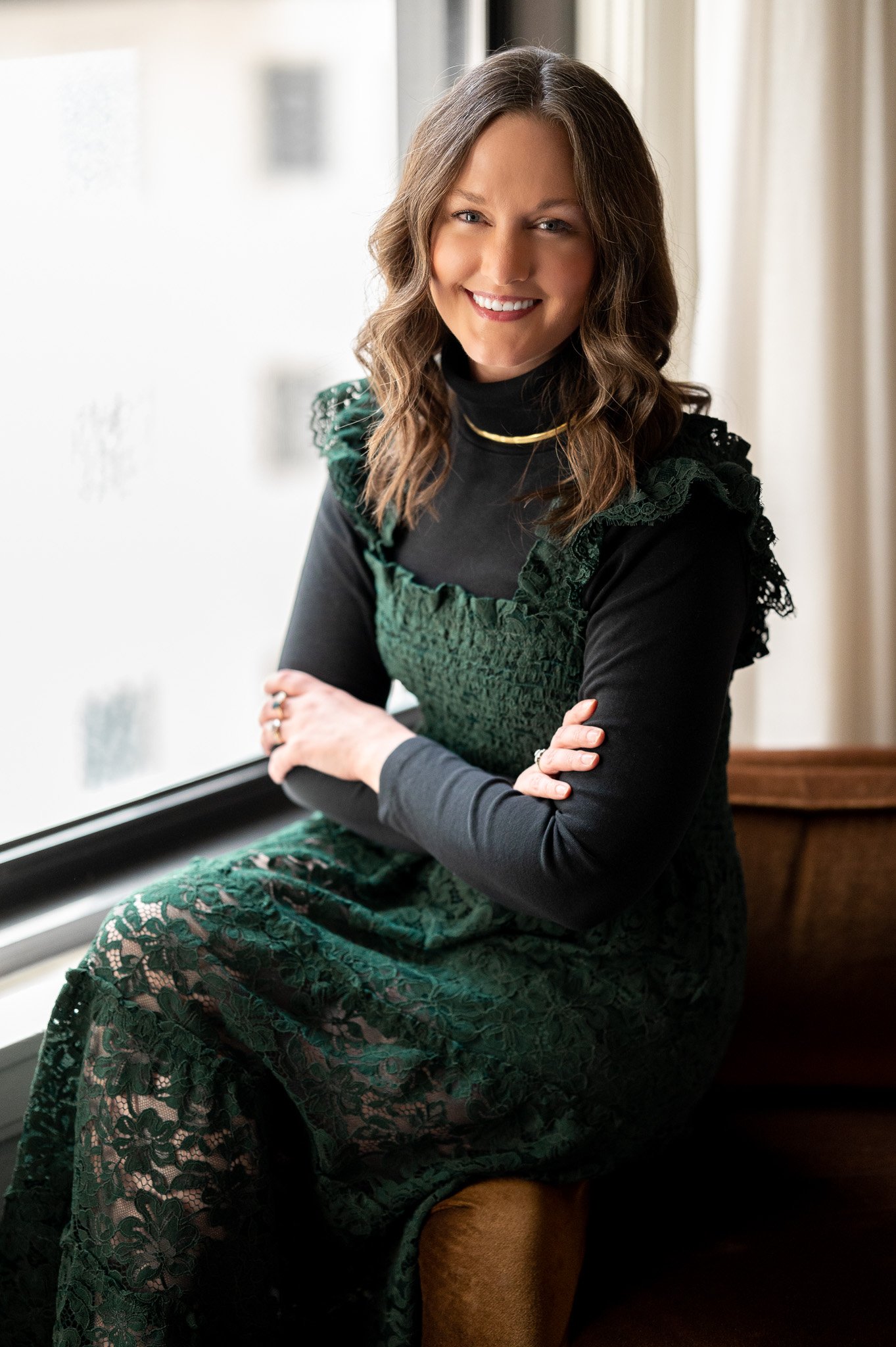The Last Year of the War
Book Review - The Last Year of the War by Susan Meissner
Reading The Last Year of the War by Susan Meissner at the Court of Honor, a monument in honor of WWII victims in St. Louis, MO
We all have those authors that we read religiously. We look forward to their next published book after we turn the last page of their current book. We pre-order their books so that they’ll arrive as soon as possible. For me, one of those authors is Susan Meissner. I’ve been reading her books for years (and have written several reviews on here including Secrets of a Charmed Life, Stars over Sunset Boulevard, and most recently As Bright As Heaven.) I also had the opportunity to interview Susan Meissner along with my review of her last book, you can read that here. So it comes as no surprise that when Susan’s publicist reached out to me about her latest novel, The Last Year of the War, I didn’t think twice about accepting it for review.
Reading The Last Year of the War by Susan Meissner at the Court of Honor, a monument in honor of WWII victims in St. Louis, MO
The Last Year of the War by Susan Meissner reminds me a bit of Eagle and Crane by Suzanne Rindell. It is about an American-born daughter of German parents, Elise, and her best friend, an American-born daughter of Japanese parents, Mariko. They meet at an internment camp in Texas, where both families were sent by the American government due to their ties to enemy nations. The girls form a bond that lasted decades, even after each girl was sent back to the countries their parents immigrated from.
Reading The Last Year of the War by Susan Meissner at the Court of Honor, a monument in honor of WWII victims in St. Louis, MO
I think this is my favorite of all of the books I’ve read by Susan Meissner. I was absolutely captivated by the way Susan wrote about Alzheimer’s Disease, especially as I watch my own grandmother suffering from it. I was heartbroken by the way Susan described how the United States government treated legal aliens and their American children during the war. I cried more times than I care to admit as Elise and Mariko’s childhood innocence left them hurt and confused by (but also resilient to) the effects of war.
Reading The Last Year of the War by Susan Meissner at the Court of Honor, a monument in honor of WWII victims in St. Louis, MO
I took photos of The Last Year of the War by Susan Meissner in front of the Court of Honor, a forty-foot limestone pillar in St. Louis designed by Hillis Arnold to honor the victims of WWII. The pillar, located near the Soldier’s Memorial and Museum, is the shape of a broken blade and features low-relief figures of soldiers in battle.
Reading The Last Year of the War by Susan Meissner at the Court of Honor, a monument in honor of WWII victims in St. Louis, MO









